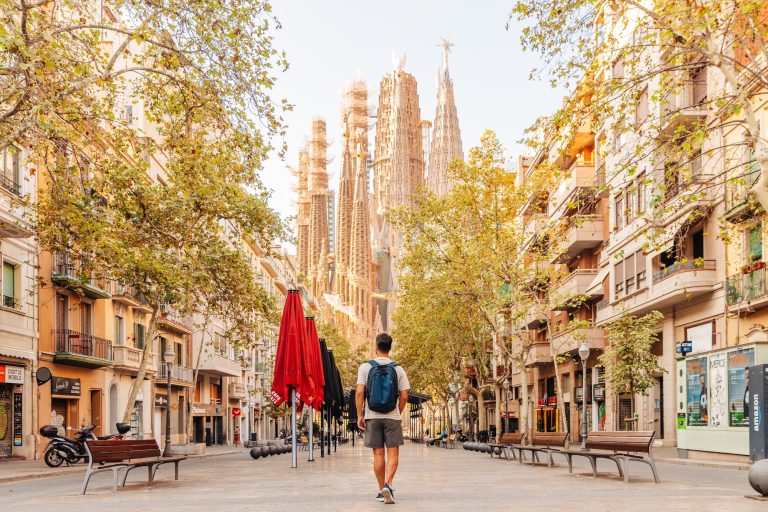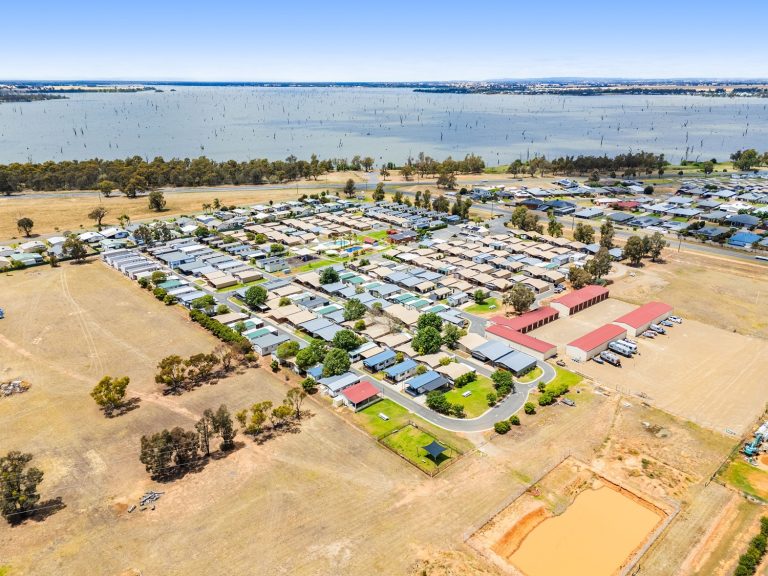Australia’s beloved department stores that no longer exist
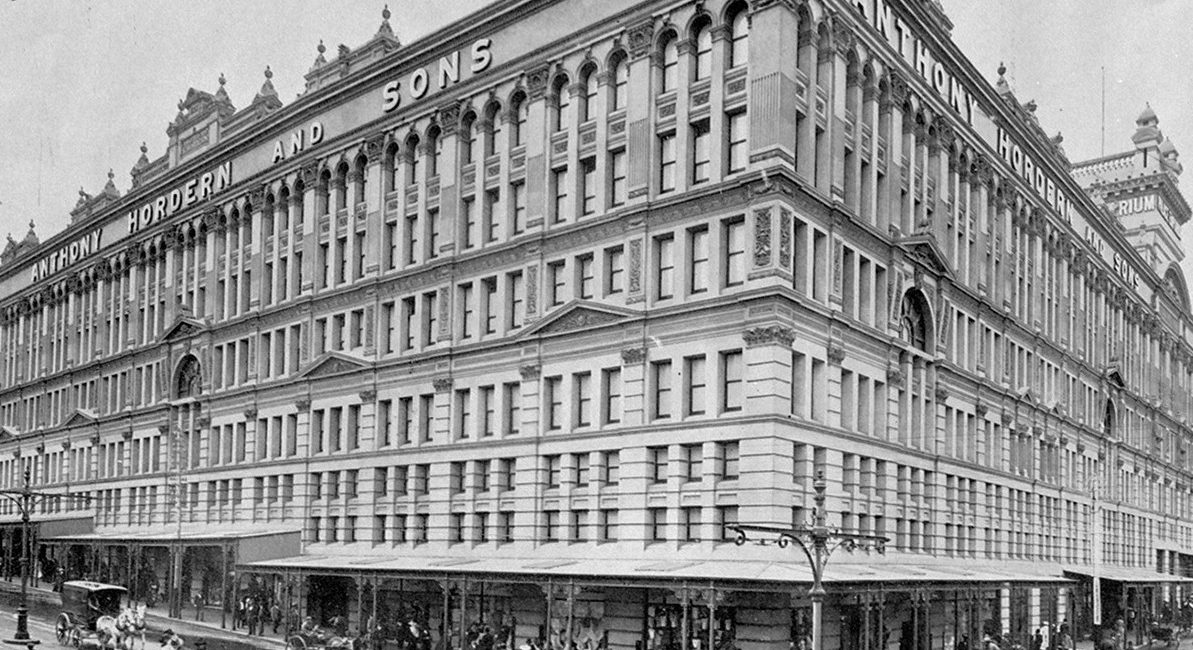
Majestic department stores were once the heartbeats of Australian capitals. But hardly any remain. Where did they go? And for those remaining, are their days numbered?
Those coming and going from the Downing Centre courthouse in central Sydney barely pay attention to the signs above their heads. ‘Laces’, ‘Gloves’ and ‘Corsets’ hint to a time when this place was not populated by judges and criminals but by ladies in their finery, enjoying a day in the city.
Mark Foy’s was once the most popular destination in Sydney, a place of grandeur and personal service at a time when department stores were not just places to shop but social hubs and emporiums of wonder.
“Their heyday was the early- to mid-20th century when they were beautiful and striking places,” said author of Mirror Sydney, Vanessa Berry.
“For my mother’s and my grandmother’s generation, they were a special place that you dressed up for. They were designed to draw people in and be something outside of the everyday.”
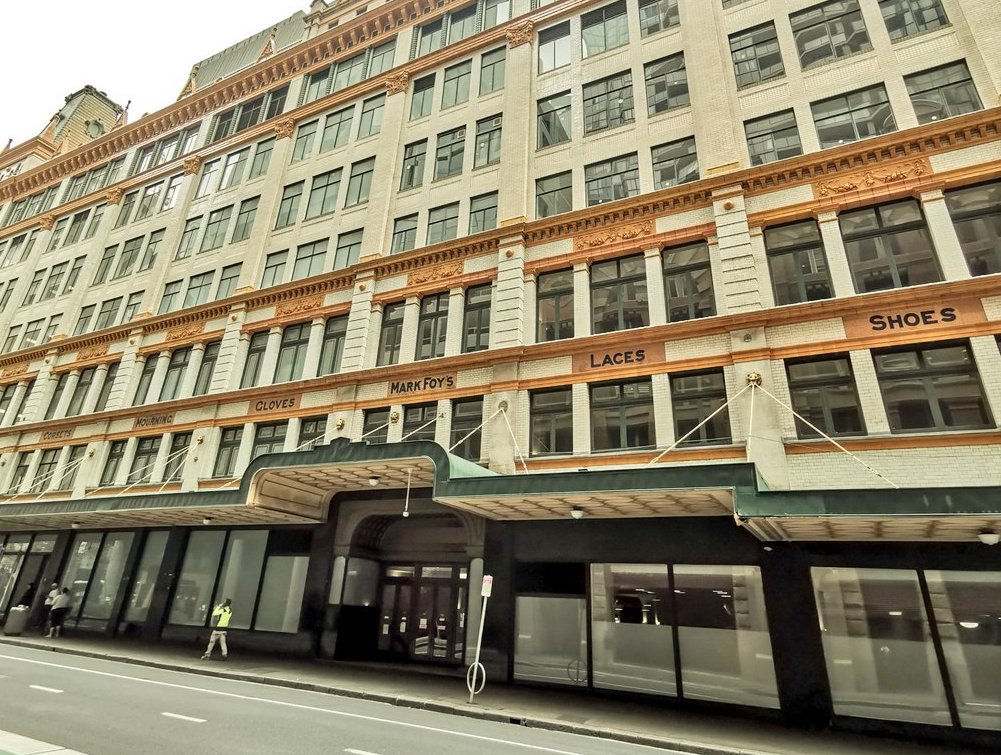
Hints of the building’s retail past remain at what is now the Downing Centre Local and District Court. Picture: Twitter @oldshopsoz
But very few of Australia’s department stores remain. From the 1960s, our attention turned to suburban shopping malls. Then we started to buy online.
“Over time, we’ve seen retail businesses simply disappear,” said Professor Gary Morimer, an expert in retail and consumer behaviour at the Queensland University of Technology.
“Department stores came about because they were taking lots of little stores and placing them under one roof, but shopping centres do that now.”
With such huge footprints, staying profitable was a challenge. Some were repurposed, many were destroyed and others became landmarks, their ghosts lingering in the collective memory of Australian shoppers.
Here are some of Australia’s most famous department stores that no longer exist.
Mark Foy’s, Sydney
Mark Foy’s was opened by the Foy family in 1885 and traded for nearly a century. It was a fashion mecca for women across Australia and was sumptuously fitted out with piazzas, chandeliers and marble. The company even claims to have installed Australia’s first escalator.
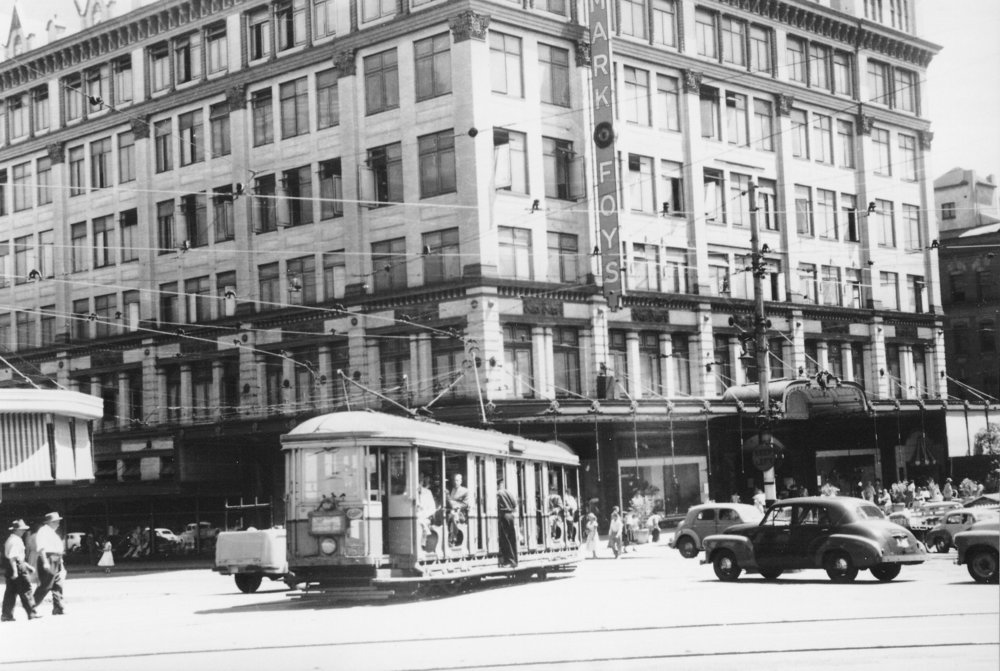
Picture: Len Stone, provided courtesy of the City of Sydney Archives.
The store suffered its first ever financial loss in 1966/1967 and from 1968 Mark Foy’s underwent various takeovers until 1980, when it went into receivership and closed its doors for good, later becoming the Downing Centre we know today.
Anthony Hordern & Sons, Sydney
Covering 21 hectares of retail space, Anthony Hordern & Sons was once said to be the largest department store in the world. The famous six-storey building known as The Palace Emporium on the corner of George, Pitt and Goulburn Streets opened to the public in 1905.
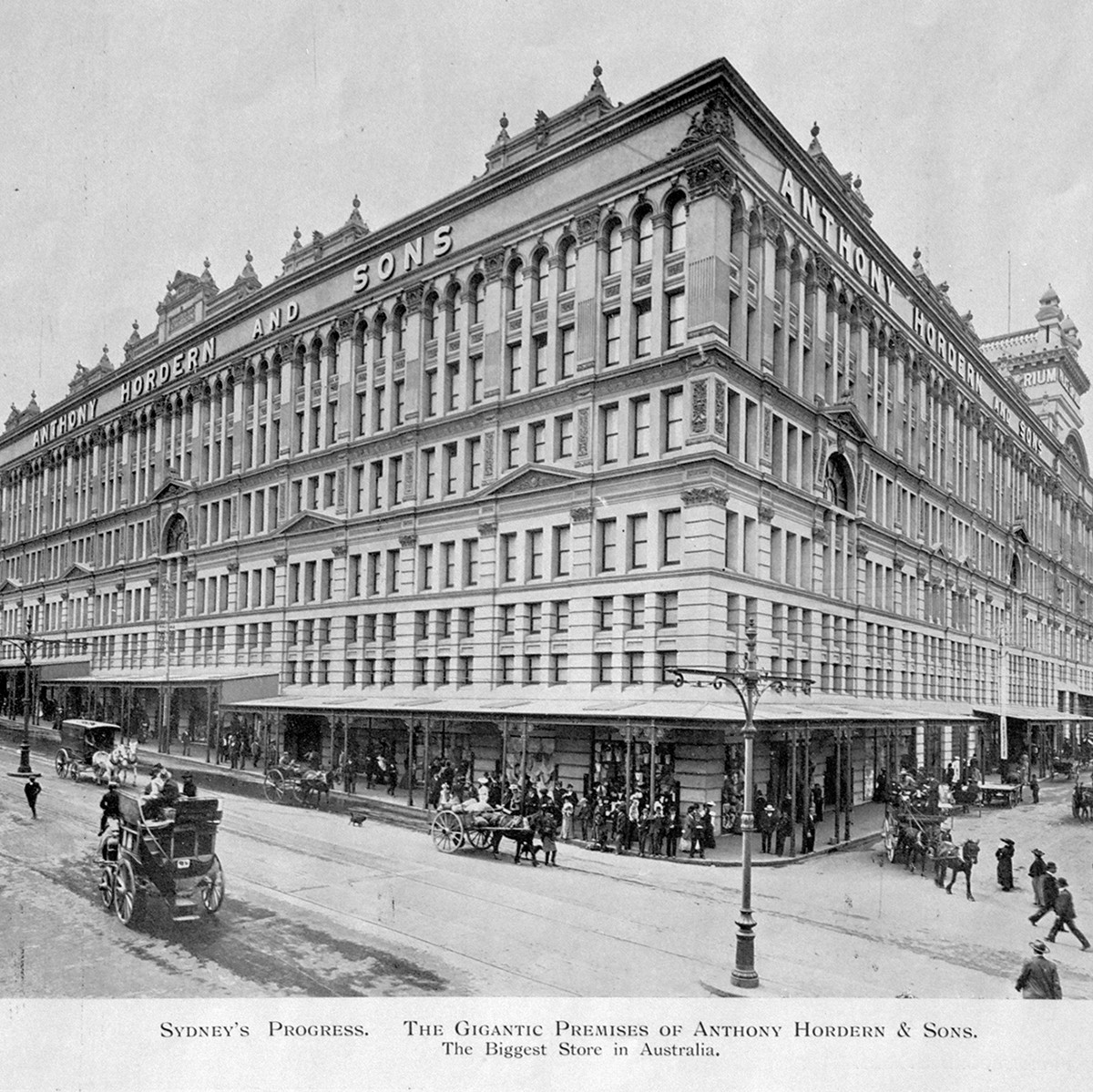
Anthony Hordern & Sons was the largest department store in Sydney and one of the largest in the world. Picture: City of Sydney archives
Hordern’s was a lavish affair, with its entrance covered in imported Italian marble. But the good times didn’t last and in 1987, when attitudes to heritage buildings were lax, the building was controversially demolished to make way for Sydney’s World Square.
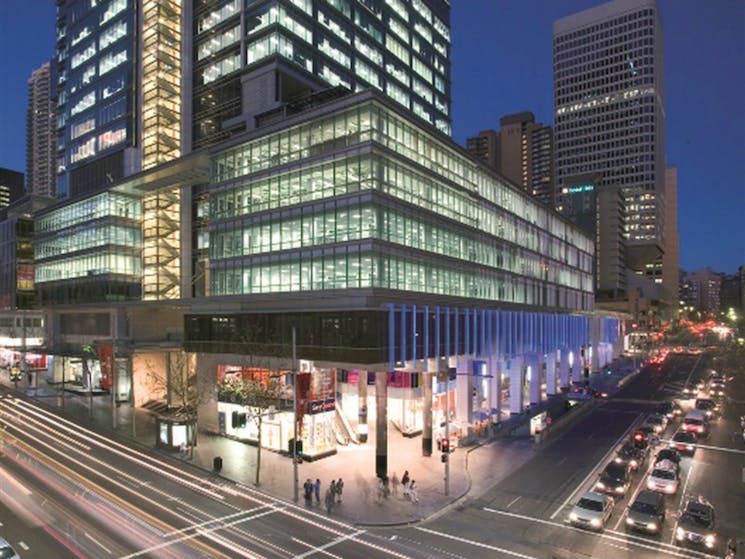
It was controversially demolished in 1987 for the World Square development. Picture: Destination NSW
Ball & Welch, Melbourne
Ball & Welch was established in the early 1950s as a drapery, with an emporium on Melbourne’s Flinder Street opening in 1899. The store was one of the first in the city to erect neon outdoor advertising, reportedly visible from the Dandenong Ranges, according to local history site eMelbourne.
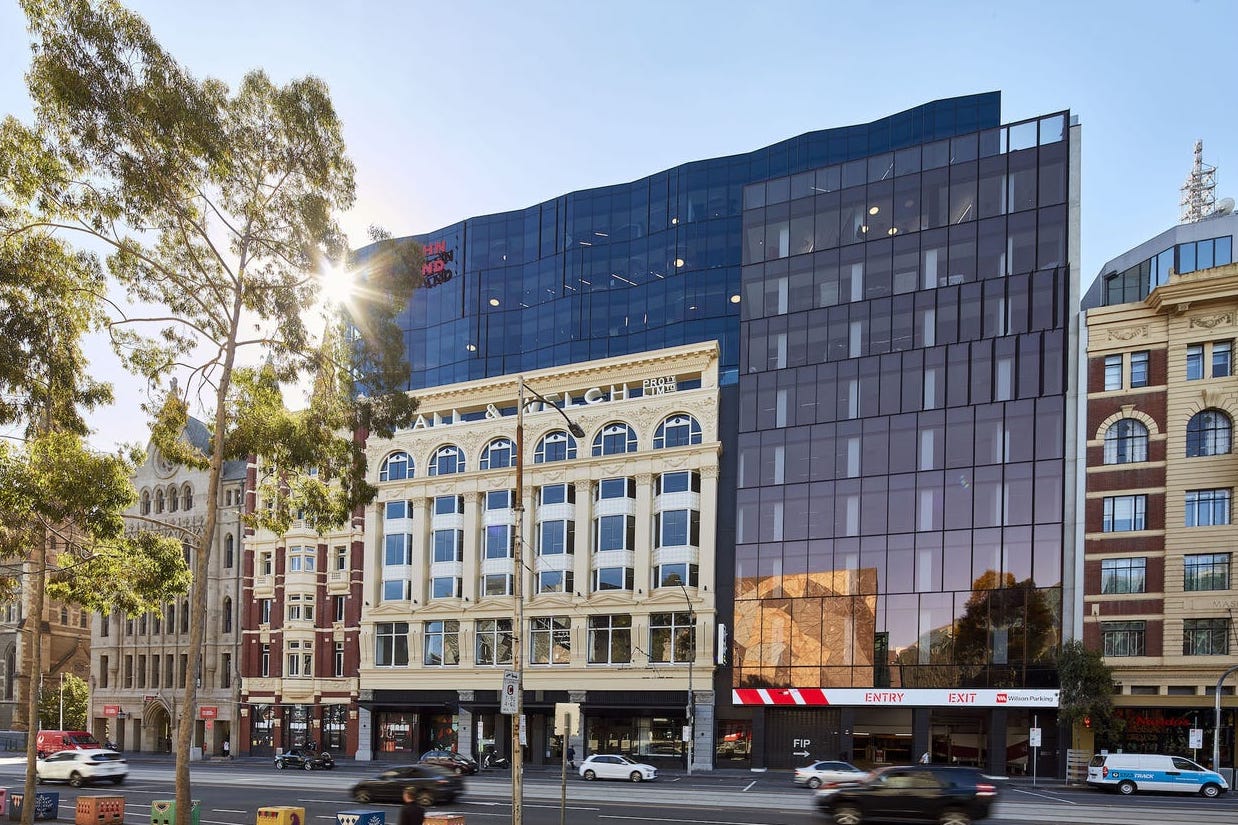
The shell of the former Flinders Street store still stands. Picture: realcommercial.com.au
Success eventually took the Victorian chain to Sydney but by 1970, profits were in decline. Soon after, Ball & Welch stores were bought (and later closed) by rival chain Georges.
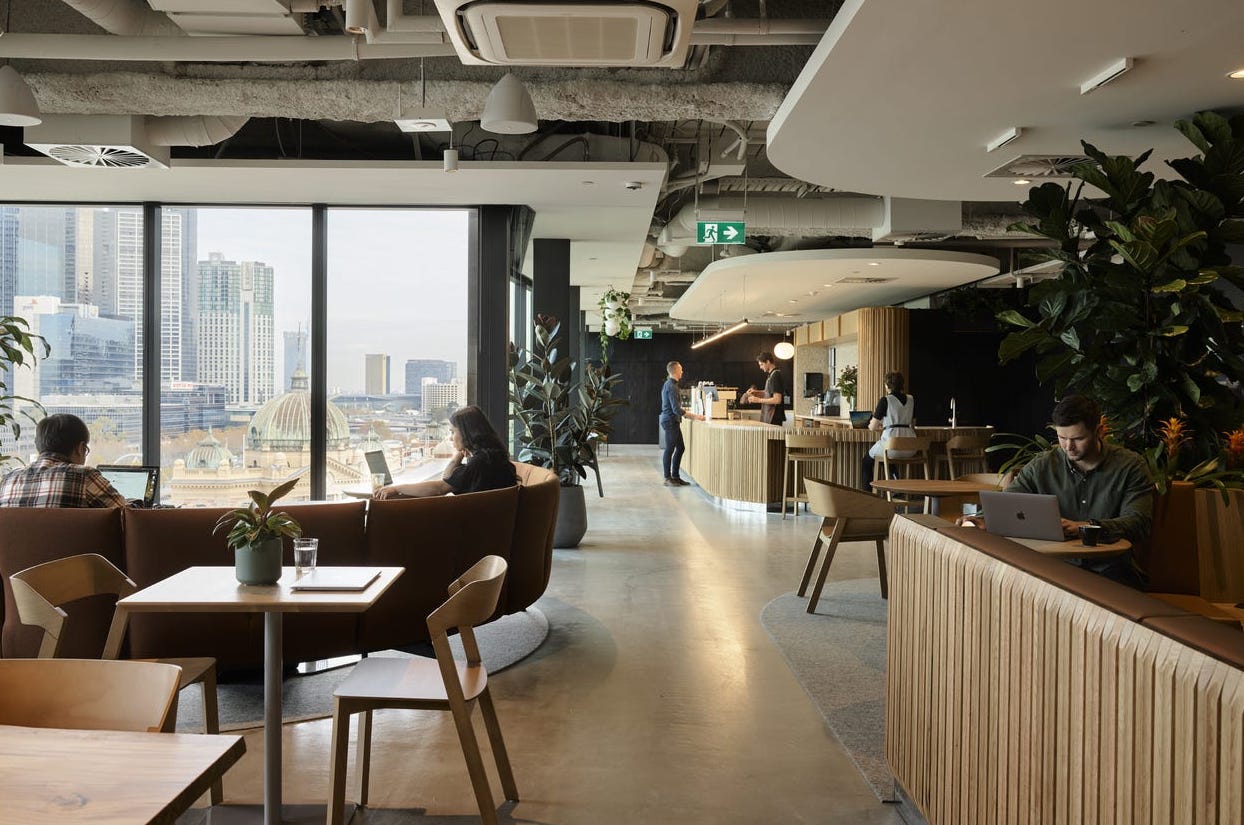
It’s now home to a flexible workspace operator. Picture: realcommercial.com.au
The shell of the former Flinders Street store still stands and, in a sign of the changed times, is now home to a flexible workspace operator.
Daimaru, Melbourne
This department store chain was the largest retailer in Japan during the 1960s. In 1991 it opened its first store outside Asia in Melbourne Central, where it operated across six levels.
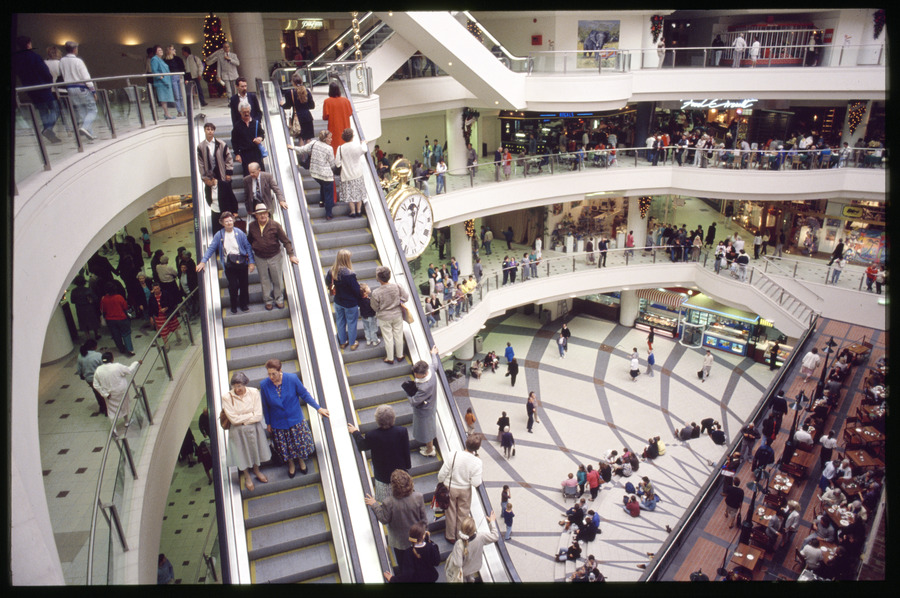
Melbourne Central, under the cone, Daimaru on left. Picture: Rennie Ellis / Source: State Library of Victoria.
The company opened a second store on the Gold Coast in 1998 but after years of low profits, Daimaru left the country and closed both outlets in 2002.
McWhirters, Brisbane
First opened in 1898, McWhirters was one of Brisbane’s first big department stores, beloved by mid-20th century children for its annual Christmas displays.
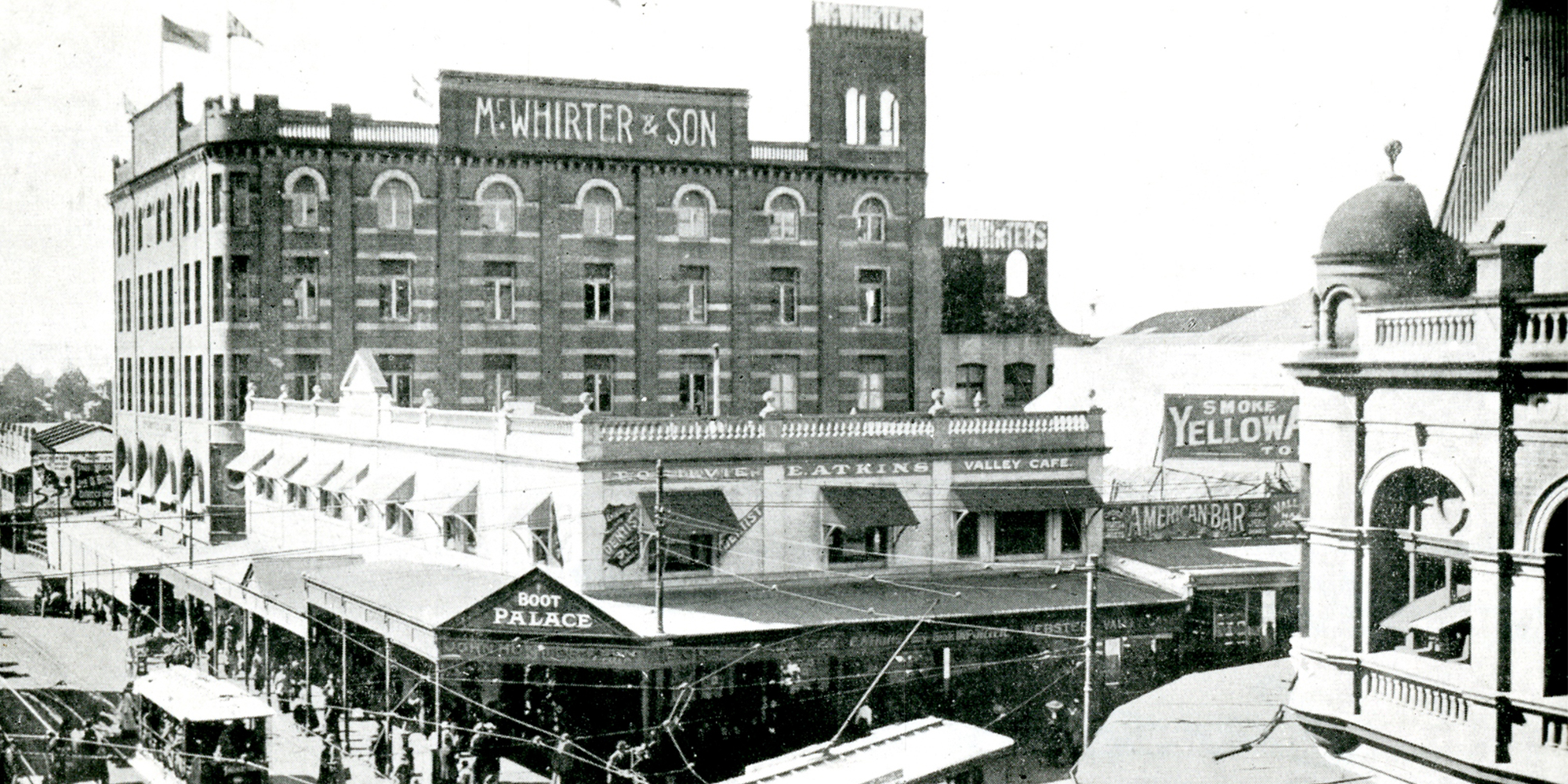
McWhirters Store, Fortitude Valley 1909. Picture: Brisbane City Council
The Fortitude Valley store became a distinctive landmark in the once bustling shopping district and a prized destination for women seeking the latest millinery and clothing styles.
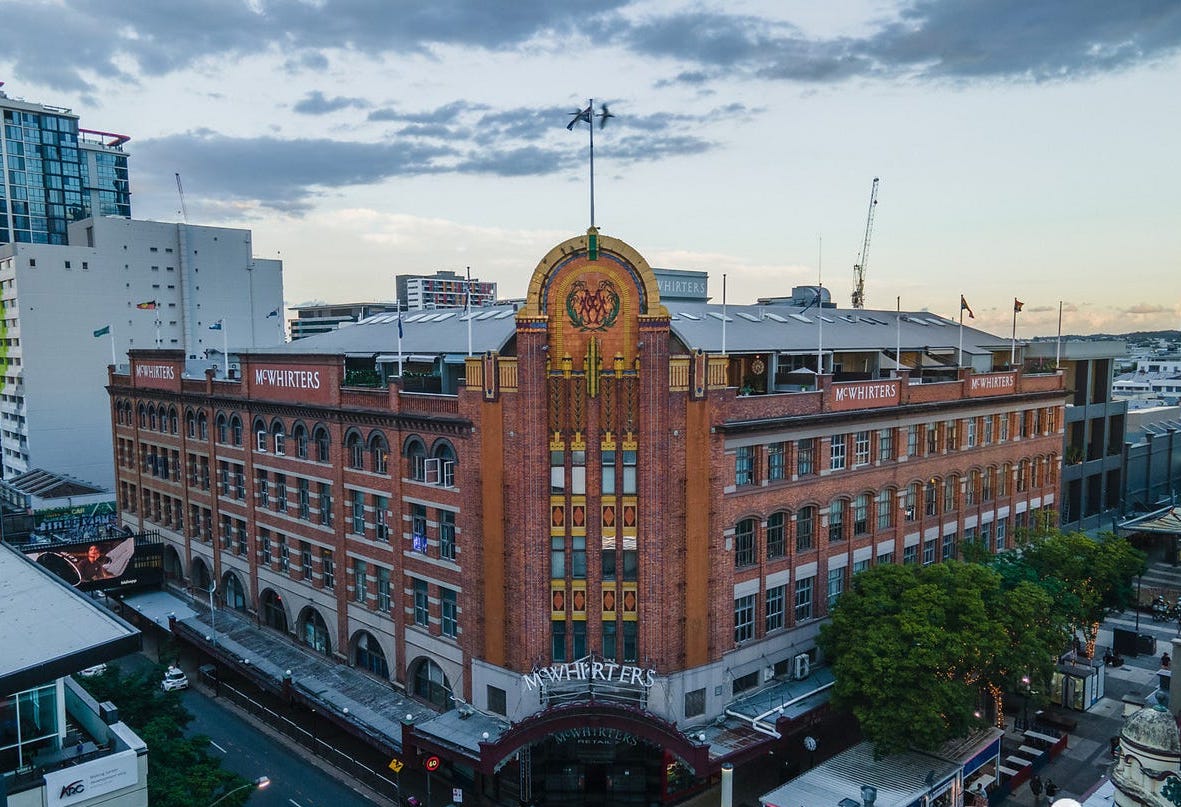
The striking building remains, now housing a mix of retail and apartments. Picture: realestate.com.au
Myer took over the store in 1955, where it operated until 1988, by which time Westfield Chermside offered stiff competition.
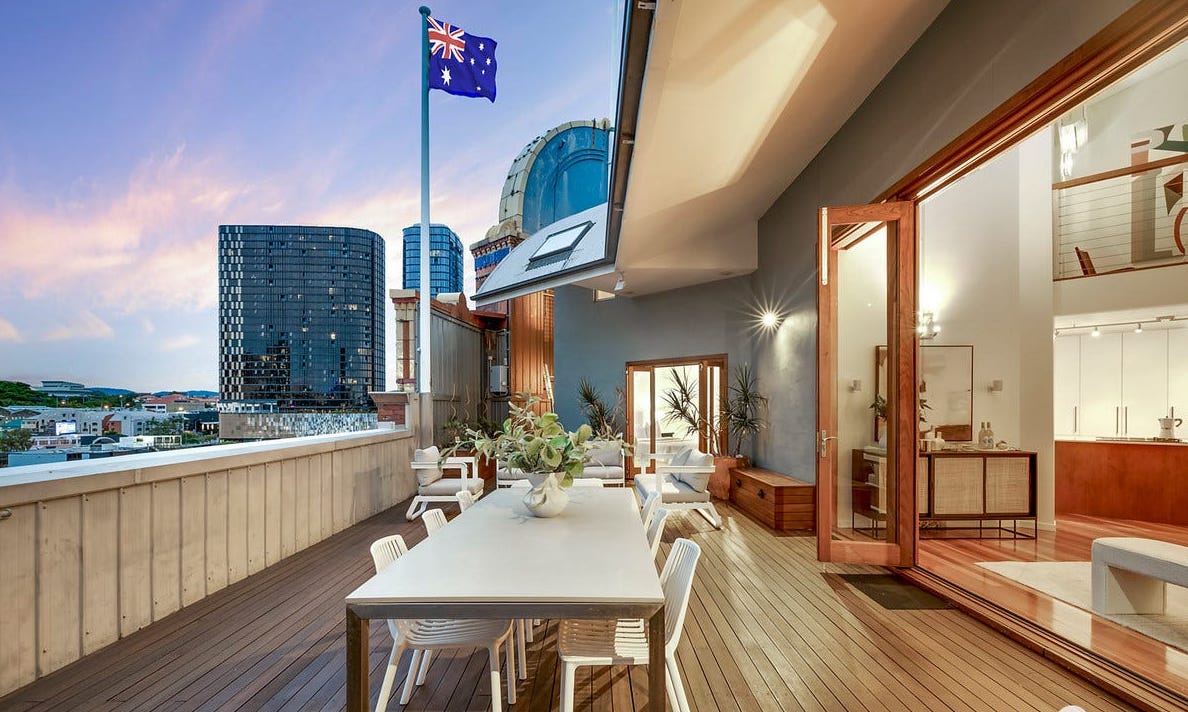
This sprawling penthouse apartment was sold in June for $1.05m. Picture: realestate.com.au
The building was later rebranded as McWhirters Marketplace in tribute to its lavish past and now houses a shopping centre and apartments.
John Martins, Adelaide
John Martin & Co, known as John Martin’s or simply Johnnies, began life as a drapery on Adelaide’s Rundle Street in 1886. The company grew to run a popular chain of department stores across South Australia.
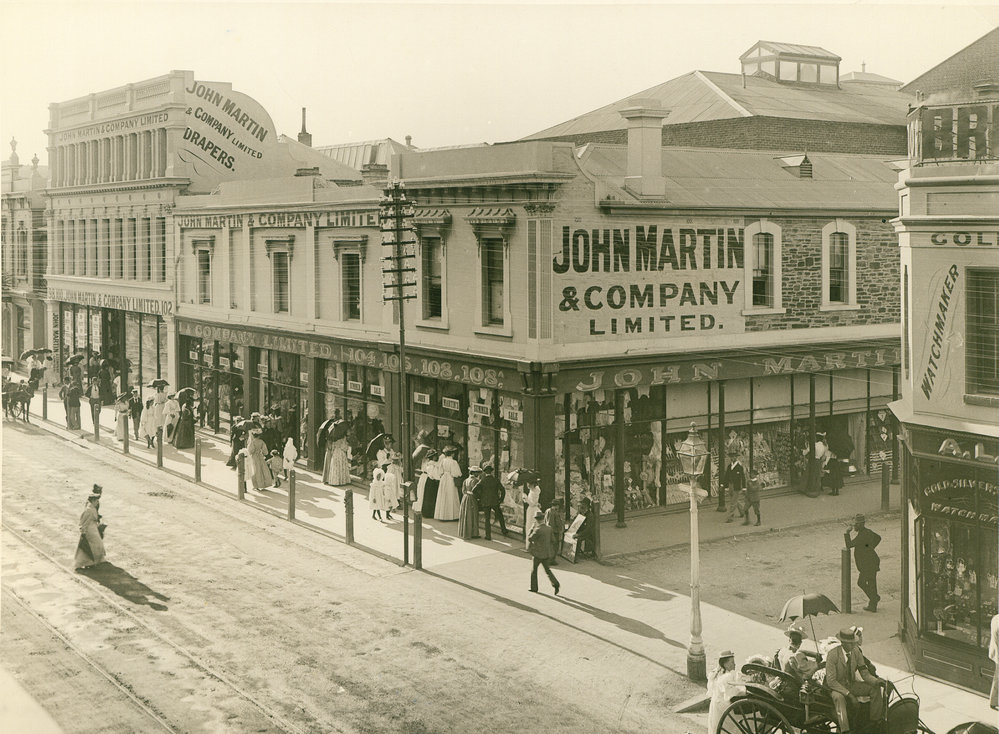
The corner of Rundle Street and Charles Street in 1900 where a crowd of well-dressed people have turned out for the John Martin’s sale. Source: State Library of South Australia, PRG 631/2/1141
Its flagship was for many years known as the “Big Store” on Rundle Street and loved for its Magic Cave (where Santa sat) and its annual Christmas pageant, which still takes place in the city each year.
The store eventually closed in 1998 after 132 years of trading and was destroyed as part of an upgrade to the Rundle Mall precinct.
Boans, Perth
Boans Brothers opened its prominent department store on Wellington Street in 1895, which was immensely popular.
During its 75th anniversary bash in 1970, local newspaper Perth Now published photos of around 100,000 people descending on the city, crowds unheard of in Perth.
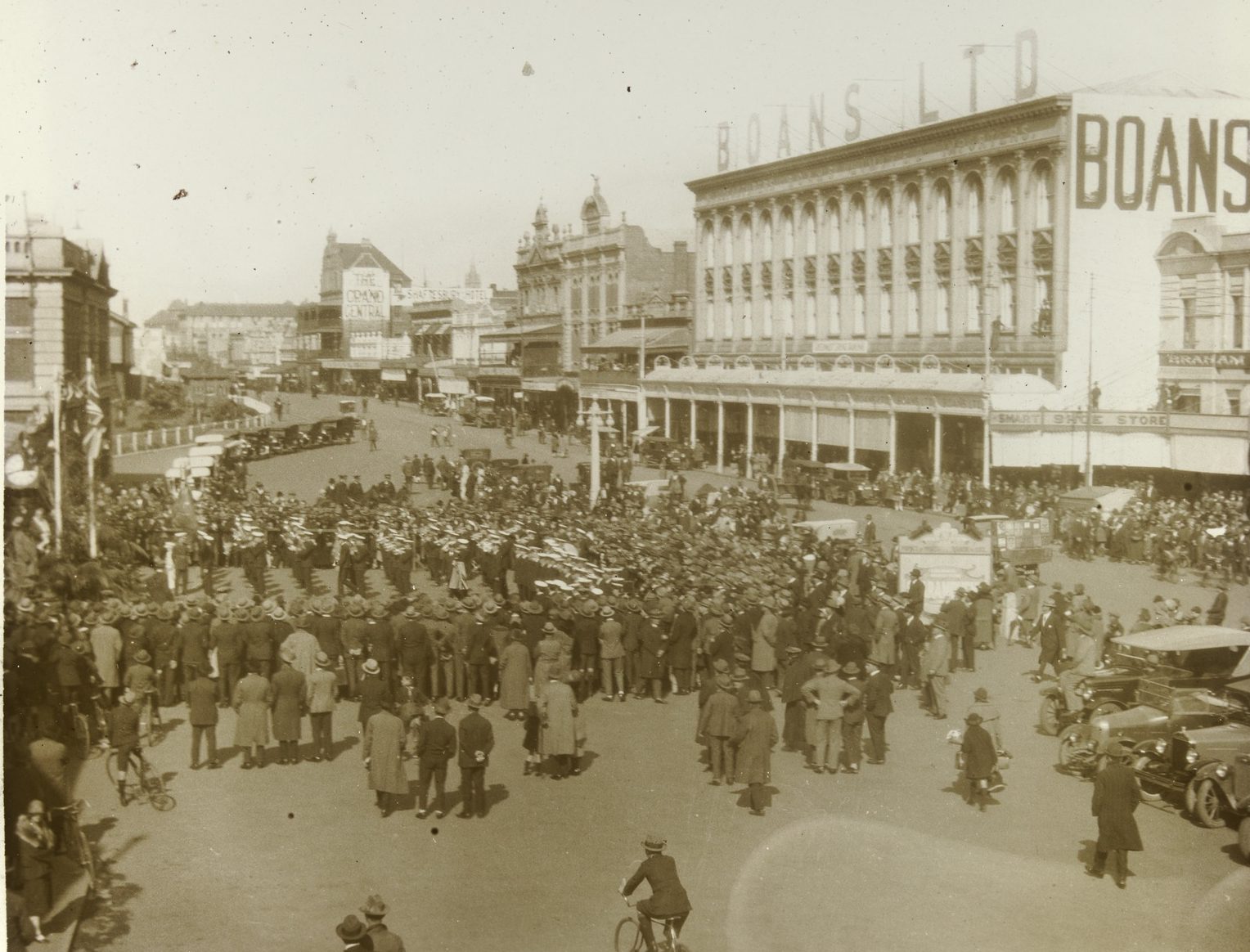
A brass band playing in street in front of the Boans Department Store, Perth. Picture: Harvey, John Henry, courtesy of the State Library Victoria
“We had bands on each floor, all the staff were dressed up in costumes and girls gave out slices of birthday cake and gifts,” Former Boans executive Terry Scook told the publication in 2020.
“It was such a happy night.”
But the giddy times weren’t to last. The store closed in 1986 when it was sold to Coles Myer to make way for a shopping mall.
Fitzgerald’s, Hobart
Founded in 1886, Fitzgerald’s grew to become Tasmania’s largest chain of department stores, with its flagship store on Hobart’s Collins Street becoming an integral part of the city.
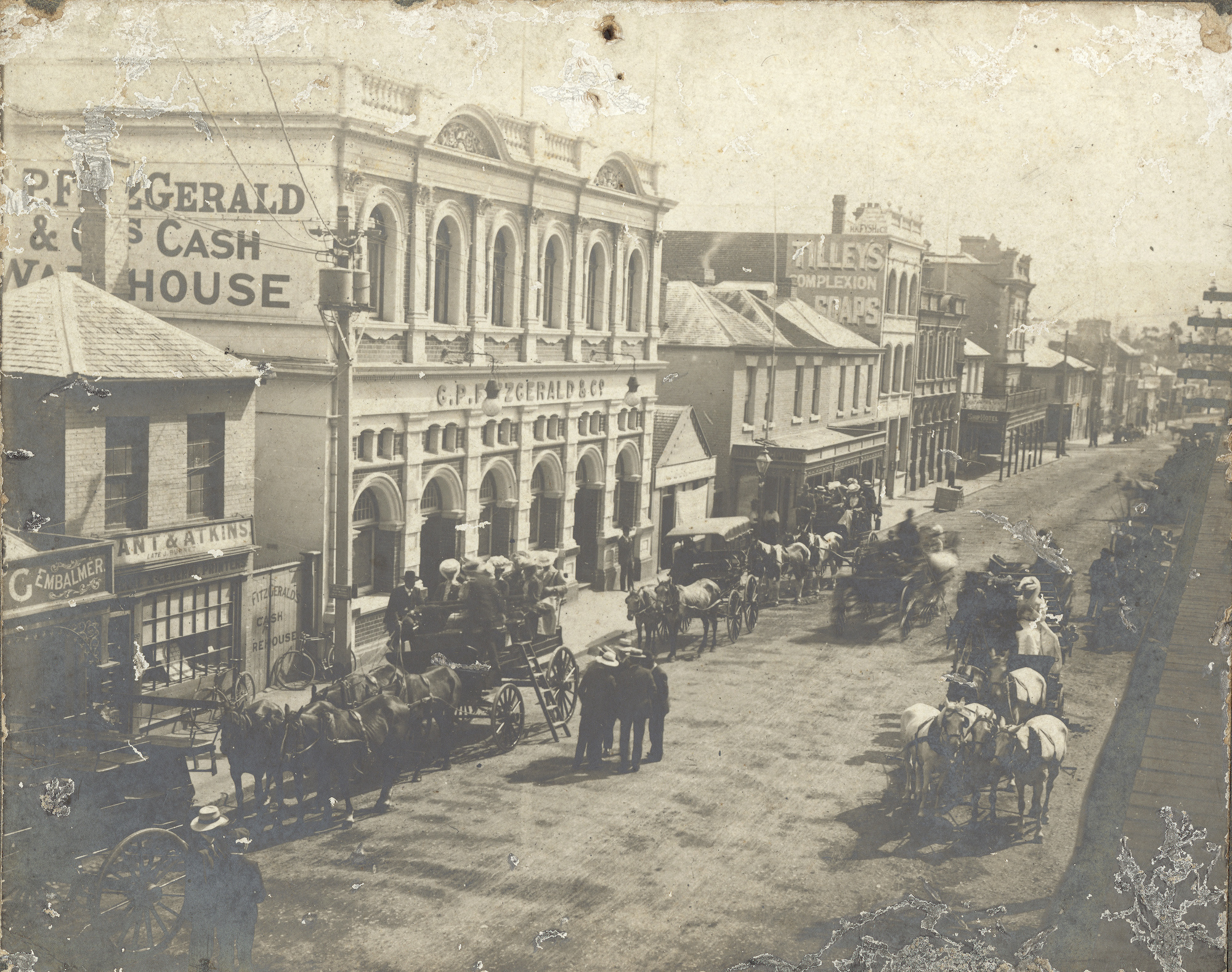
The Fitzgerald’s Department Store on Collins Street. Source: Tasmanian Archive and Heritage Office
The original store was completely destroyed by fire in July 1911, but was rebuilt within eight months.
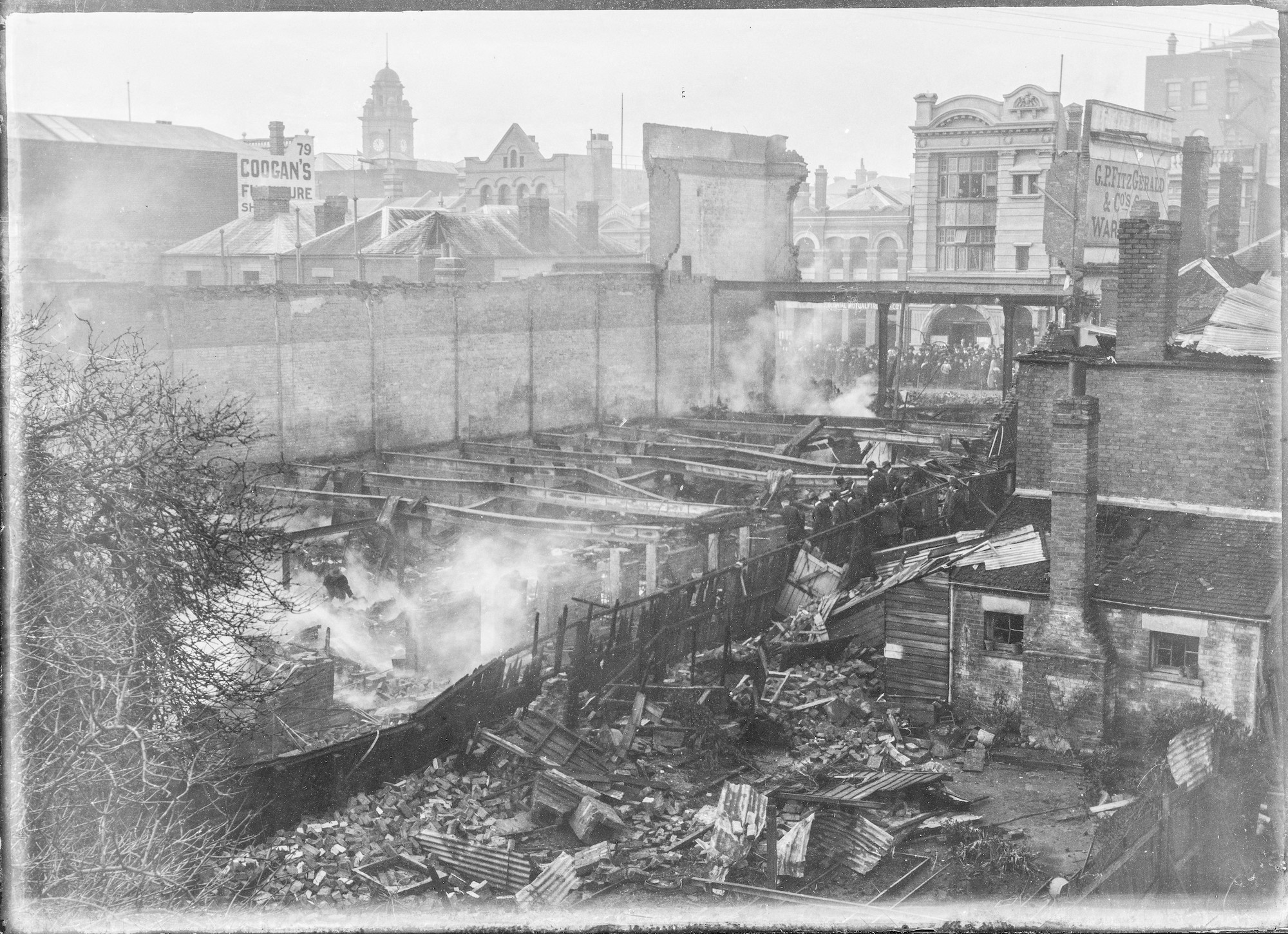
The original building was completely destroyed by fire in 1911. Source: Tasmanian Archive and Heritage Office
The store continued to thrive throughout the war and in 1947, four French mannequins arrived.
“They created an absolute sensation after the restrictions and hardships of the war years,” wrote local historian Pauline Conolly. “The fashion conscious ladies of Hobart queued for hours to book seats for the parades.”
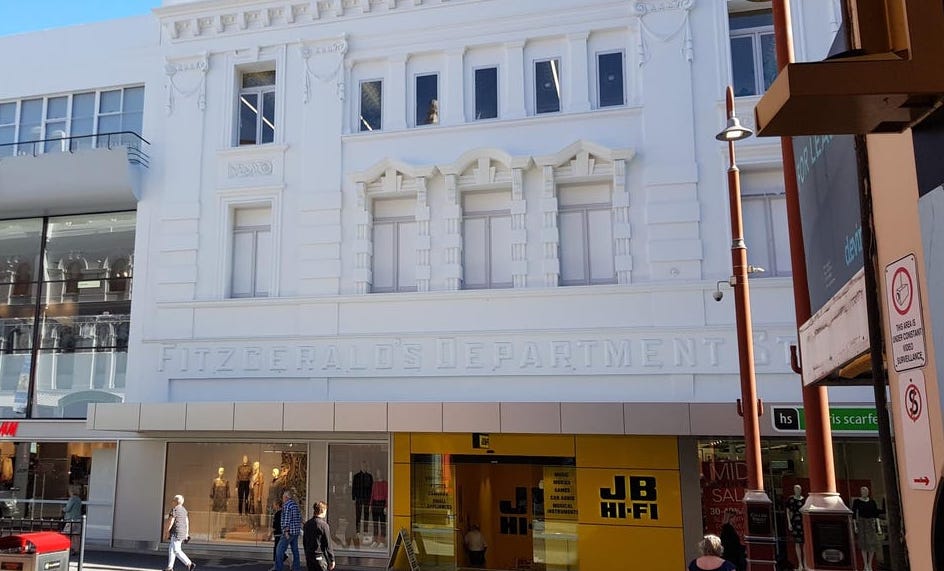
Traces of the building’s historic past remain. Picture: realcommercial.com.au
In 1995, after years of losses, Fitzgerald’s merged with Harris Scarfe and rebranded, though the original lettering ‘Fitzgerald Department Store’ remains etched across the brown facade of the Collins Street building, which now houses a mix of retail and office tenants.
Will more department stores disappear?
As Australia’s retail landscape continues to evolve, one department store has managed to remain profitable for over 185 years. David Jones claims to be the oldest continuously operating department store in the world.
“It’s hard to imagine a world now where all of our department stores would still be operating; they’ve become a niche market,” said Ms Berry. “But David Jones has repackaged in different ways to meet contemporary needs, expectations and desires.”
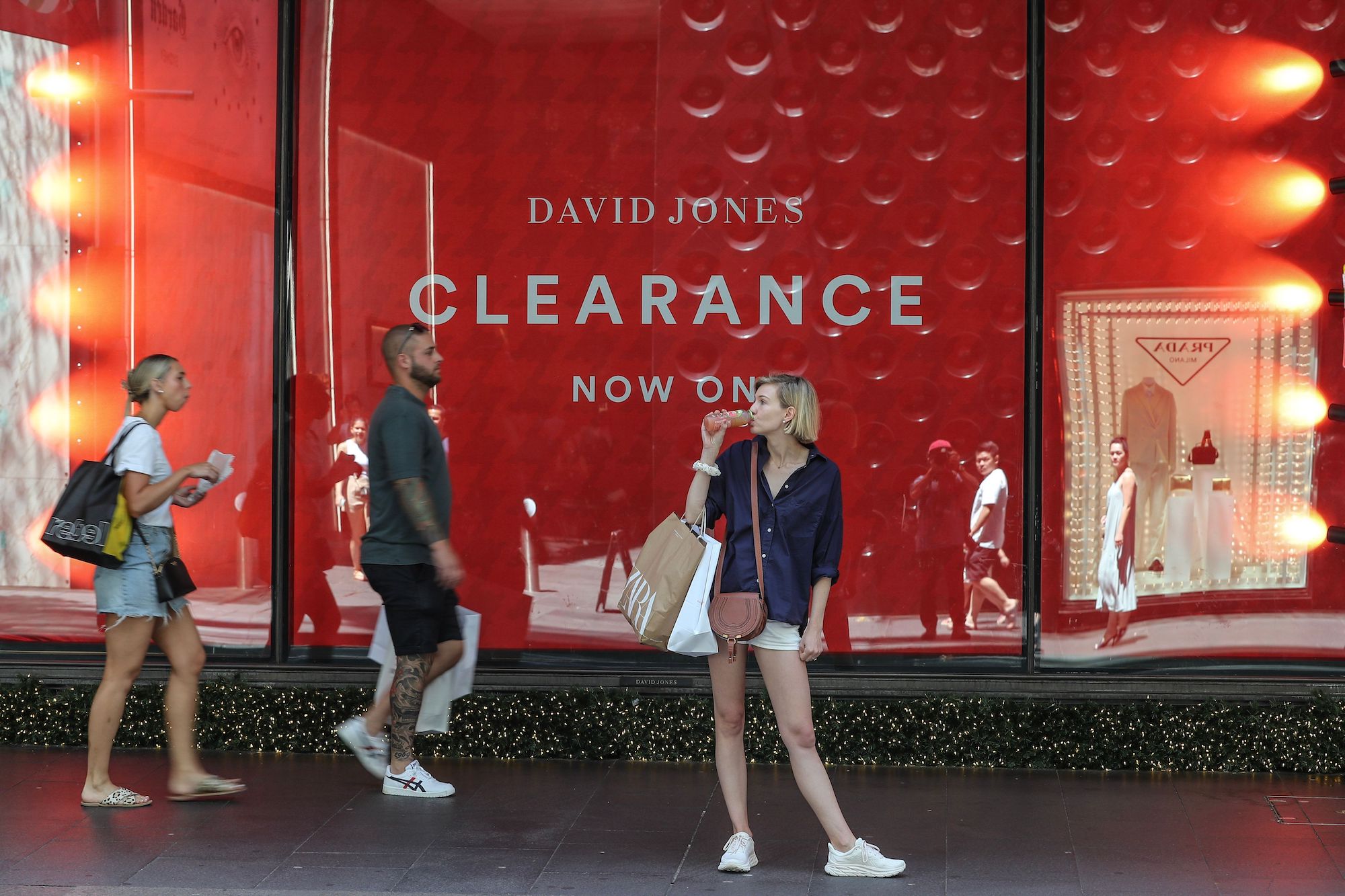
Department stores like David Jones are forced to offer massive discounts and enticing deals to draw in shoppers. Picture: Roni Bintang/Getty
Prof Mortimer said today’s department stores “still trade quite well” though their importance has diminished. Many of the brands they stock now have their own stores or sell online, while specialist, big-box retailers have taken over in the areas like consumer electronics, sporting goods and furniture.
“There are less and less departments that department stores would actually be viable in. Over the last 10 years we’ve seen both Myer and David Jones close stores or floors,” he adds.
“I think they’ll continue to have a presence in big shopping centres, though perhaps with fewer floors, but probably not in regional areas or even regional cities.”
The days of opening standalone flagship department stores are over; new outlets act as anchors for larger shopping centres such as Westfield.
Ms Berry hopes existing ones will survive.
“I think they preserve a certain era of our capital cities. There remains a huge amount of nostalgia for certain people around department stores like David Jones or Myer but whether that nostalgia translates into places where they will actually keep shopping, I’m not sure.”

